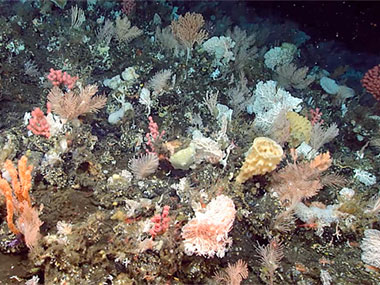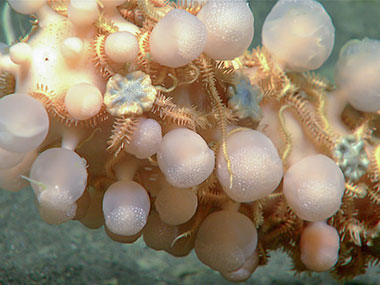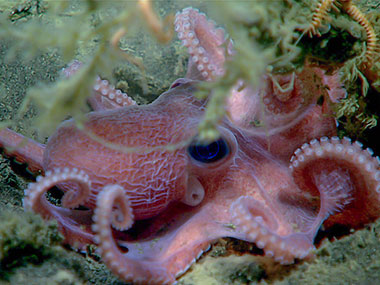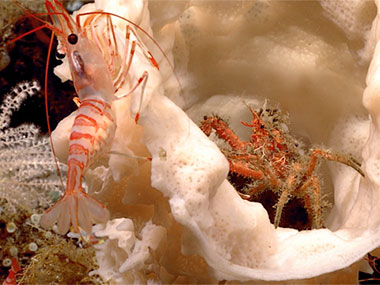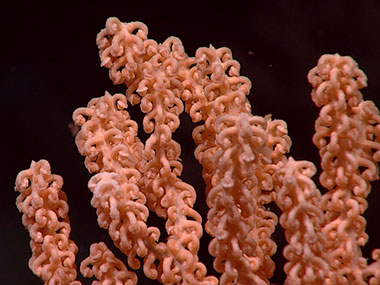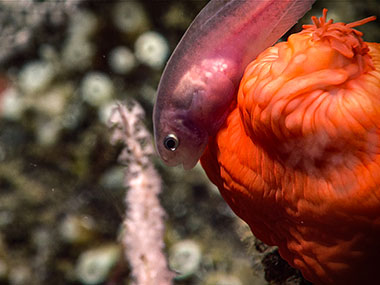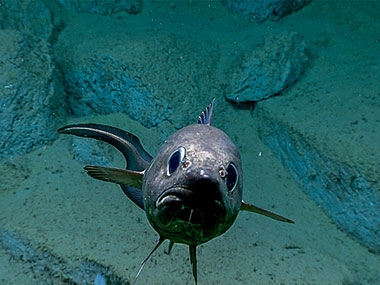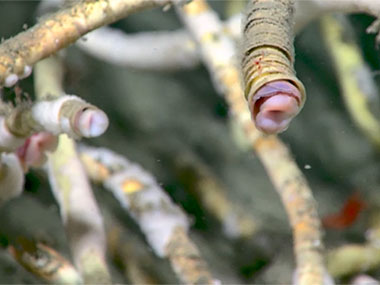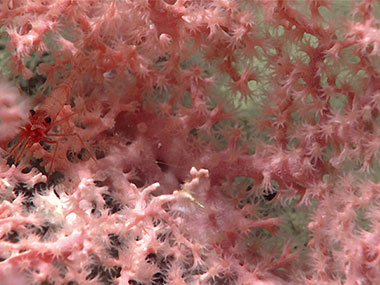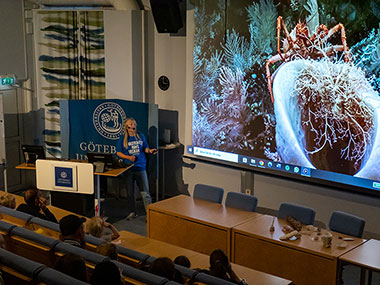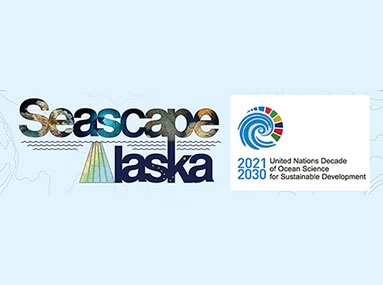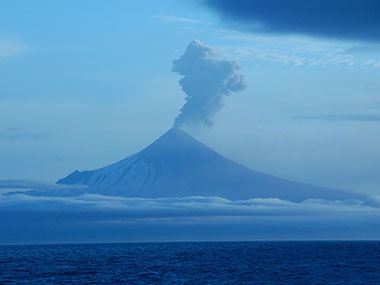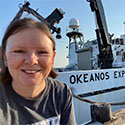Seascape Alaska 3: Aleutians Remotely Operated Vehicle Exploration and Mapping
(EX2304)
July 14 - July 25, 2023
NOAA Ship Okeanos Explorer
Aleutian Islands
Map, explore, and characterize ecologically and economically important deepwater habitats and subduction zone environments in unexplored regions off Alaska
Multibeam sonar, remotely operated vehicles Deep Discoverer and Seirios
Expedition Summary
From July 14 - July 25, NOAA Ocean Exploration and partners conducted the third in a series of Seascape Alaska expeditions on NOAA Ship Okeanos Explorer. Over the course of 12 days at sea, the team conducted 6 full remotely operated vehicle (ROV) dives, mapped nearly 16,000 square kilometers (6,180 square miles), and collected a variety of biological and geological samples. When combined with numerous biological and geological observations, data from the Seascape Alaska 3: Aleutians Remotely Operated Vehicle Exploration and Mapping expedition will help to establish a baseline assessment of the ocean environment, increase understanding of marine life and habitats to inform management decisions, and increase public awareness of ocean issues. View full expedition summary.
Operational Summary
- Days at sea: 12
- Full ROV dives: 6, ranging in depth from 780 to 2,800 meters (2,559 to 9,186 feet)
- Biological samples collected: 22 primary samples, 31 associates
- Geological samples collected: 6
- Water samples collected for eDNA analysis: 28
- Seafloor area mapped: nearly 16,000 square kilometers (6,180 square miles)
- Science party participants: +40, from 5 countries
- Live video views: Approximately 21,800
During the Seascape Alaska 3 expedition, the team completed a total of six full remotely operated vehicle (ROV) dives, exploring sites ranging from the water column to an extensive gas seep covered with tubeworms and an amazing coral garden. The data collected during mapping and ROV operations throughout the expedition will help to fill some of the gaps in our understanding of the deep waters around the Aleutian Islands. Video courtesy of NOAA Ocean Exploration, Seascape Alaska. Download largest version (mp4, 274.2 MB)
Images and Videos
Dives
Seascape Alaska 3: Aleutians Remotely Operated Vehicle Exploration and Mapping included both mapping and remotely operated vehicle (ROV) operations, with video from ROV dives streamed online in real time while the expedition was underway.
The list below provides information about dives that took place during the expedition. Click on a dive name to find its location on the map and access a link to related image and video highlights. Links to final dive data and summaries will be added when available, after the expedition.
Education Content
Education theme pages provide the best of what the NOAA Ocean Exploration website has to offer to support educators in the classroom during this expedition. Each theme page includes expedition features, lessons, multimedia, career information, and associated past expeditions.
Exploration Team
Naming every participant in a telepresence-enabled expedition is next to impossible, as scientists from around the world have provided input into the expedition plan. However, we've assembled information about the members of the team who are sailing on the ship and participating in the expedition from sea – meet the team!
Related Links
Expeditions
- 2023 Seascape Alaska Expeditions (EX2302-EX2308)
- NOAA Ship Okeanos Explorer: 2023 Expeditions Overview
- Introducing Seascape Alaska
Technology
Media Contacts
Emily Crum
Communication Specialist
NOAA Ocean Exploration
ocean-explore-comms@noaa.gov
Keeley Belva
Public Affairs Officer
NOAA Office of Marine and Aviation Operations
keeley.belva@noaa.gov
For more information, visit the Media Resources page.
NOAA Ocean Exploration’s 2023 Seascape Alaska expeditions will contribute to the National Strategy for Exploring, Mapping, and Characterizing the United States Exclusive Economic Zone, Seabed 2030, and multipartner Seascape Alaska campaign, which has been endorsed by the Intergovernmental Oceanographic Commission of UNESCO as part of the United Nations Decade of Ocean Science for Sustainable Development 2021-2030.
Data collected during all expeditions will be available in NOAA’s public data archives within 90-120 days of its completion and will be accessible via the NOAA Ocean Exploration Data Atlas.
Published June 22, 2023
Last updated September 29, 2023

